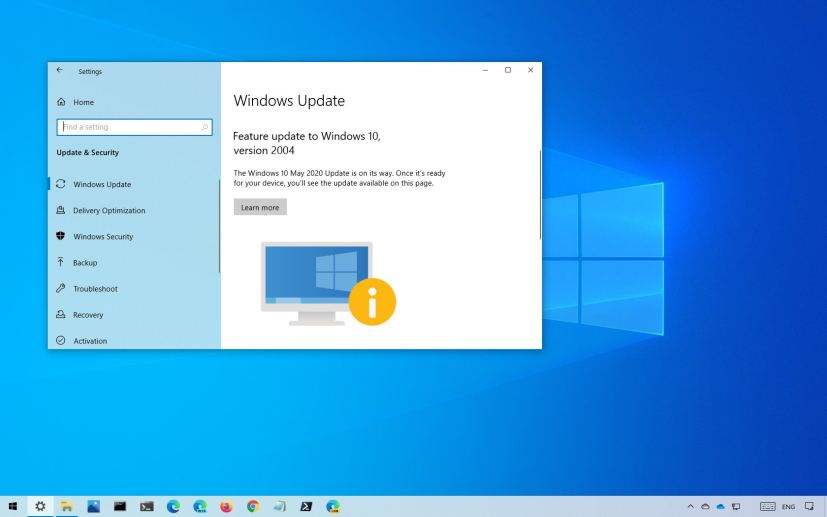Microsoft makes available two feature updates for Windows 10 each year, and even though, major updates usually introduce new features and improvements, they sometimes also ship with bugs and other problems that can negatively affect the user experience.
For instance, we have seen this with the rollout of Windows 10 version 2004 where many users reported installation problems, issues with apps after the upgrade, problems with drivers, and the update even broke Storage Spaces causing data loss in some cases. Also, after the release, cumulative updates that were supposed address many of the issues, ended up introducing more problems.
The November 2019 Update didn’t have a lot of problems because it was a small release available as a cumulative update that didn’t require reinstallation. However, Windows 10 version 1903 had a list of issues of its own, such as installation problems, issues with Windows Sandbox, Settings app crashing, and more.
As a result of these rollouts having the tendency of not being reliable, more users are now wondering when they can safely install a newer version of Windows 10.
When should I upgrade to a new version of Windows 10?
Usually, when a new feature update of Windows 10 becomes available, such as the May 2020 Update, you shouldn’t rush to upgrade. You should only upgrade if the new version includes a fix or a feature that you absolutely need to use your computer.
If this is not the case, then you should wait a long as possible to minimize the chances of running into issues. The rule of thumb is to skip the first feature update, and then upgrade to the latest version after the second major update releases in the fall. However, you don’t want to upgrade immediately after the second release either. Instead, you want to wait at least four cumulative updates (around four months) to make sure that most of the problems with the operating system have been worked out.
This means that while the two feature updates per year schedule continues, you want to upgrade to the second feature update of the previous year sometime in April of the following year. For example, if you’re running Windows 10 version 1909 in 2020, you want to skip version 2004, but then you want to upgrade to version 20H2 sometime in April 2021. (However, remember that version 20H2 will be a small update, which means that at the time of the upgrade, you’ll first need to install version 2004 through Windows Update, and then you’ll need to apply the 20H2 release as a cumulative update also via Windows Update.)
Whatever the route you choose to upgrade, it’s always best to use Windows Update to make the leap to the new version. The reason is because Windows Update includes a mechanism that can more accurately detect if your device configuration is compatible with the new version. On the other hand, if you use the Media Creation Tool, unless there’s a stopping bug, the installation will proceed, and you’re likely to run into issues if your device isn’t fully compatible.
It’s worth noting that the rumor has it that Microsoft is planning to start releasing one feature update per year instead of two. If the company ends up moving forward with this approach, then it’s likely that after Windows 10 version 20H2, devices won’t receive a new major update until around November 2021. If this is the case, then you may want to wait at least six months before upgrading to the new version.

